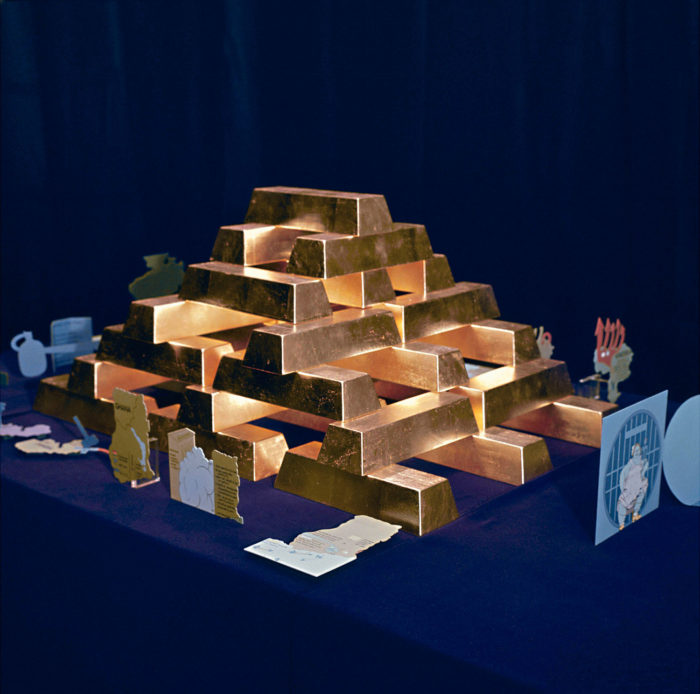
World banks + hidden zones in Manipulate the World – Connecting Öyvind Fahlström group show, Oct 19 – Jan 21
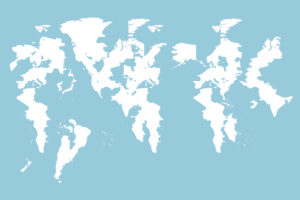




The sixth Berlin Art Week opens across venues in the German capital today, running Sep 13 to 17.
In an effort to disentangle the vast, city-wide program for an AQNB audience, we’ve put together a list navigating the heady combination of festivals, fairs, exhibitions, performances and special events. Some highlights include, a Berlin Community Radio night of art, wellness and shopping the new BCR merchandise line on Thursday and the opening of the Harun Farocki retrospective at NBK, with an accompanying group exhibition, featuring Candice Breitz, Samson Kambalu and others, at SAVVY.
There are other exhibition openings with Andrea Crespo, Sophie Serber and Lucie Stahl, as well ones still running at Future Gallery, Sandy Brown, Société and more.
Read on for some of our recommendations:
Openings + events
– LA > X Los Angeles Artists in Berlin, Sep 13
– El Usman Faroqhi presents Here and a Yonder: On Finding Poise in Disorientation A Project in the Framework of the Harun Farocki Retrospective @ SAVVY Contemporary, Sep 13 – Oct 21
– Anna Orłowska + Mateusz Choróbski’s Like A Sick Eagle @ Exile, Sep 13 – Oct 14
– BCR 4 Year Birthday at The Mall @ KW, Sep 14
– Miet Warlop’s Dragging the Bone performance retrospective @ HAU1, Sep 14 – 16
– Claire Fontaine’s The Crack-Up @ Neuer Berliner Kunstverein (NBK), Sep 14 – Jan 26
– Elif Saydam’s No R.E.M. @ Ashley Berlin, Sep 15 – 24
– Andrea Crespo’s [intensifies] @ Kraupa-Tuskany Zeidler, Sep 15 – Oct 14
– Lucie Stahl + Henning Bohl’s Slytherin’ at Schiefe Zähne, Sep 15 – Oct 18
– Sophie Serber’s Gravity Sucks Again @ cave3000, Sep 16 – 19
Now on
– Whenever the Heart Skips a Beat group exhibition, Sep 1- 15
– Nora Al-Badri + Nikolai Nelles’ Not a Single Bone at NOME, Sep 8 – Nov 11
– Nicolas Pelzer’s Collider Body @ Future Gallery, Sep 9 – Oct 7
– Kamilla Bischof’s Cosmetic Songs @ Sandy Brown, Sep 7 – Oct 21
– Bill Hayden’s Public Relations @ Société, Sep 9 – Oct 14
Festivals
– The Future is F*e*m*a*l*e* Festival, Sep 14 – 23
– Festival of Future Nows, Sep 14 – 17
Fairs
– Art Berlin, Sep 14 – 17
– POSITIONS Berlin Art Fair, Sep 14 – 17
– Berliner Liste Fair, Sep 15 – 17**
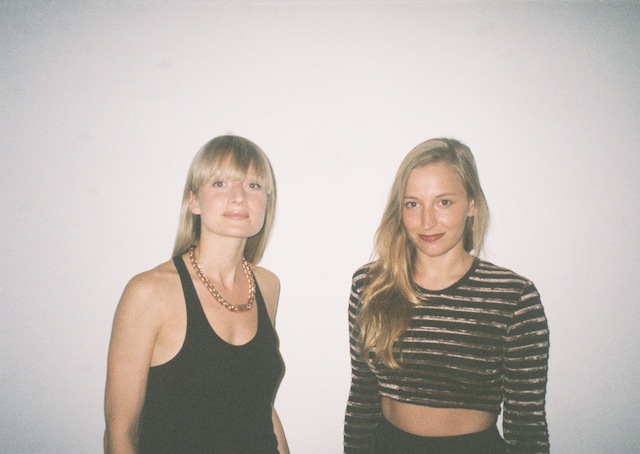
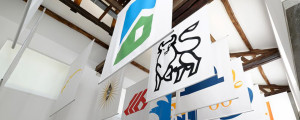
Les ruses de l’intelligence (‘The Stratagems of the Intellect’), which ran from October 10 to December 13, 2015, at Parc Saint Léger in France, brought together a group of artists including Harun Farocki, Jeremy Deller & Alan Kane, Gianni Motti, and SUPERFLEX among others. The premise of the exhibition focused on the idea of ‘work’ and explored the definition, effects and convention of the word in the context of our globalised economy and the power politics associated with the current financial model.
The artists responded to the increasingly abstract idea of work and how value is defined. The title of the show is a reference to a book by Marcel Détienne and Jean-Pierre Vernant, translated to English as Cunning Intelligence in Greek Culture and Society, which questions the established order of stratagems and the know-how models behind practical forms of intelligence. Working across sculpture, photography, neon, books, and other object assemblage, the installation brings together varied relationships to ‘artmaking’ and the economics of the art world that is undergoing rapid change.

Farocki, Deller & Kane, and Jean-Luc Moulène, look specifically at industry and disappearance, while SUPERFLEX and Pratchaya Phinthong focus their attention on collapse and the financial crisis. Julien Prévieux takes a personal approach to the consequential situation, addressing his reasons for not entering into the world of business in ‘Lettres de non-motivatio’ (2015). Allen Ruppersberg, Mladen Stilinović and Patricio Gil Flood, look at leisure time and the ways we fill our time in contrast to time spent working. The back-and-forth energy of production and reception is articulated in the objects of Eva Barto, Stefan Brüggemann, Ève Chabanon. An overall anxiety works its way through the pieces, stringing them together in their shared desire to reorganise and understand our commitment to the sphere of art.**
Exhibition photos, top right.
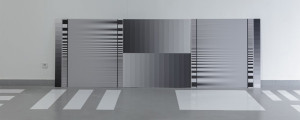
Is it hyperbole to, in the words of Boris Groys, call the digital image a visible copy of an invisible God? The people behind Grazed Images, a group exhibition running June 18 to August 9 and curated by Inesa Brašiškė at Vilnius’ Contemporary Art Centre (CAC), argues that it is not. “In this digitally driven world,” the press release states, “we are surrounded by images. An illusion prevails that we can get rid of them as soon as we switch off our computers and smartphones. However, images live long after we go offline: they transgress the realm of television and computer screens and enter our everyday world, albeit slightly grazed.”
The group exhibition invites seven international artists to examine the power of the image in the contemporary world, but “the real task for them is to filter the images, to recognise the systems that images operate within, to follow their paths of circulation in the contemporary (art) world, to predict their abilities and the sociopolitical, aesthetic and ethical dimensions images acquire as they traverse different realms of reality”. Participating in this lofty endeavour were artists Hito Steyerl, Harun Farocki, Pierre Huyghe, Dominique Gonzalez-Foerster, Factum Arte, Gintaras Didžiapetris, and Seth Price. **
Exhibition photos, top right.

For the inaugural show at Seventeen’s new space, gallery associate director and current curator-in-residence at LUX Tim Steer has selected three works that consider the mechanics of perception. Starting with a quote by phenomenologist Merleau-Ponty, Neither seems to be considering the eye as a tool, one that allows us to absorb experience as well as draft the ways in which we see the world “through the traces of a hand”. The works in the show each consider the production of seeing in strikingly distinct terms.
Harun Farocki’s ‘Eye/Machine II’ (2002) is by far the most visually arresting of the three. A rapid-cutting video essay, it discusses and demonstrates the ways that various forms of automated “camera-eye” technologies are deployed in military training and intervention, as well as in the production of consumer goods. Footage of factories, military computer training rooms and camera movements are spliced with an explanation of the ways in which image processing is used in mechanised production processes. Amongst all this is footage from military missile analysis streams – hot white dots moving evasively around the screen, being sensed and targeted by image processing algorithms. We see what the machines see.
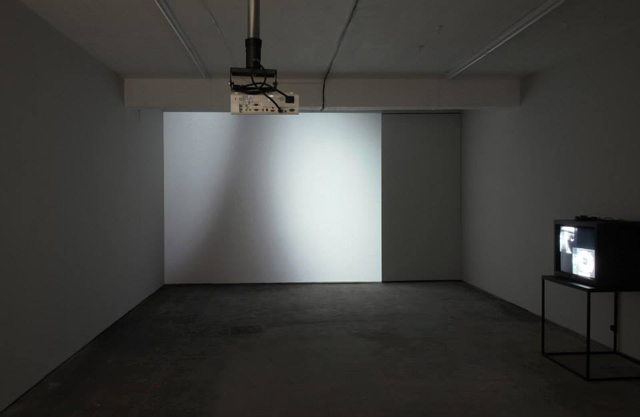
Drawing a strange aesthetic comparison, ‘One11 and 103’ shows soft circles of light drift and fade across the wall. It’s an amalgamation of two works – the film ‘One11’, produced by John Cage and directed by fellow composer Henning Lohner, alongside the sound piece ‘103’. Although produced in 1992 (the year of Cage’s death) it’s shot in black and white, emphasising the spots and fades of light and darkness rather than drawing attention to the nuances of colour and the quality of film. At 94-minutes long it’s feature-length, but in typical Cage style it’s conceptual, slow and mesmerizing.
Although Sophie Michael’s ‘99 Clerkenwell Road’ (2010) seems on first glance to be simply an abstract layering of coloured orbs floating in 16mm film-space, on closer inspection the outlines of an interior architecture can be seen – the orbs drift behind corners and at points appear to partially light the walls, revealing parts of coving and ceiling. A quiet study, it communicates subtly, not forcing but leading the eye towards the often less-examined components of a room.
share news item